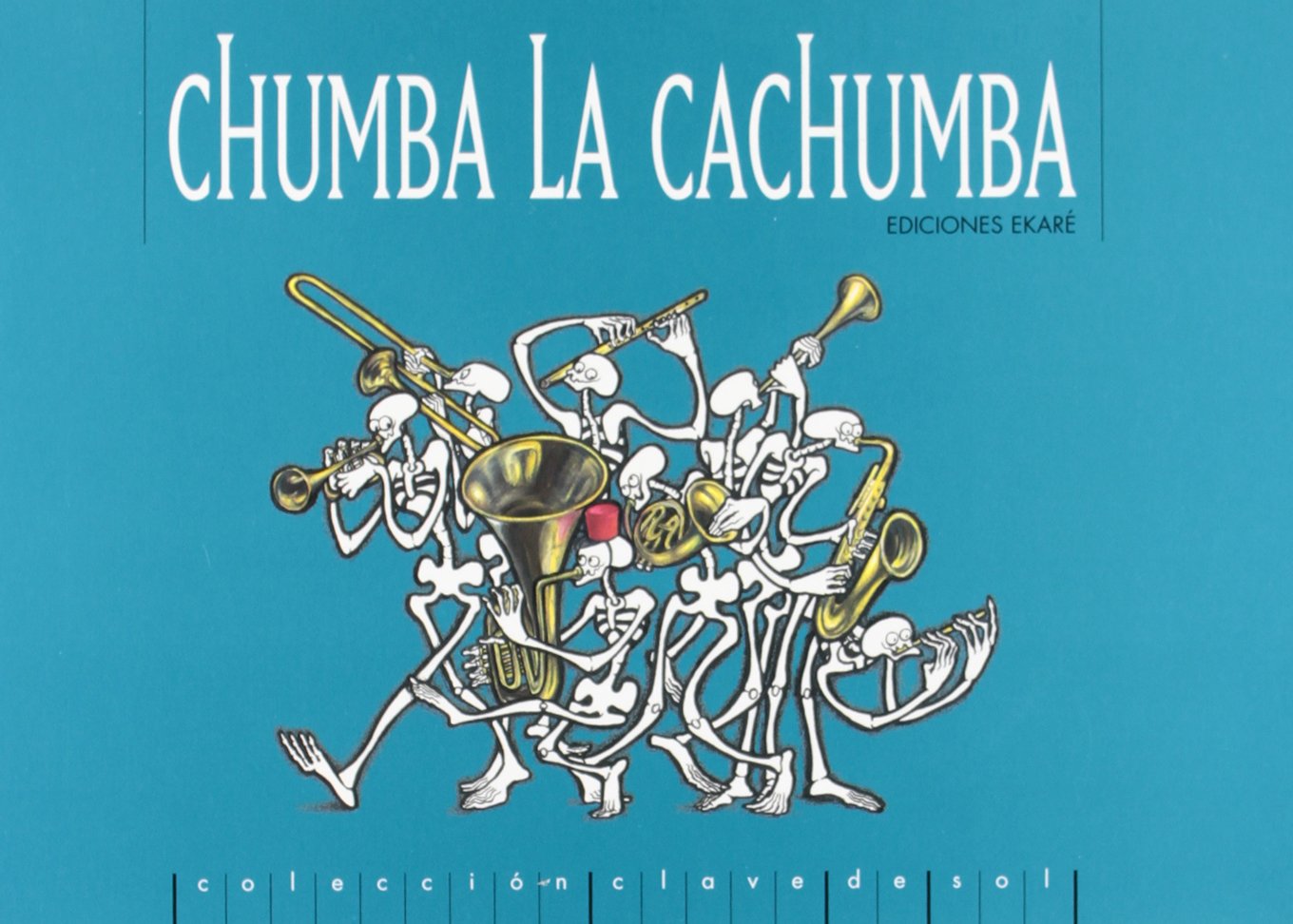{Affiliate Links Used}
I am currently setting up for my summer camps and was looking for some extra activities to do with my more advanced students that are reading. I found this set and decided to turn it into a scavenger hunt. It is used to teach young ones the alphabet, but I found that it was perfect to hide items (included in the set) for my students to find.
In the set, there are 26 acorns (bellotas) and 26 little plastic items that can fit in the acorns. I set up the hunt to have the possibility of five teams (great for about 10-15 kids). If you have less than five teams that's ok. You can still set the game up and put all the acorns out even if they aren't going to all be picked up. It will add to the challenge. If you have around 20 kids then you will need two sets.
I have created a file with the scavenger hunt lists already set up. You can find them here. (Scavenger hunt document) You will see two versions of the scavenger hunt with five groups each. The first number refers to which version. The second number refers to the group. At the end of the file, there is the word, "Socorro" printed several times. I will hand out one of these to each team in case they need help with a word. They can hand the SOCORRO paper to me at any time during the hunt to get a definition.
Set up the acorns with the correct items according to the document. Hide them outdoors (or you could do this in a classroom if it's big enough). Give each team (groups of two or three students) one list of what they need to find and a SOCORRO paper. Tell them GO and see which team can find all their items first.
Please note that there will be one extra acorn and item that won't be used. You can leave them out or you can tell your students that once they have collected their five items and have had them checked by the teacher that they then need to go find the last acorn (which I am going to leave empty-la bellota vacía).
Also, instruct students that if they open an acorn and it's not the one they need then they will need to make sure they put the item back in the acorn and close it tightly before putting it back in its hiding space. Otherwise, it will be mayhem!😱
Here's the set you need: Acorn Scavenger Hunt Set
And here's the file to set it up and play: Two Versions of the Hunt
Have fun!




























